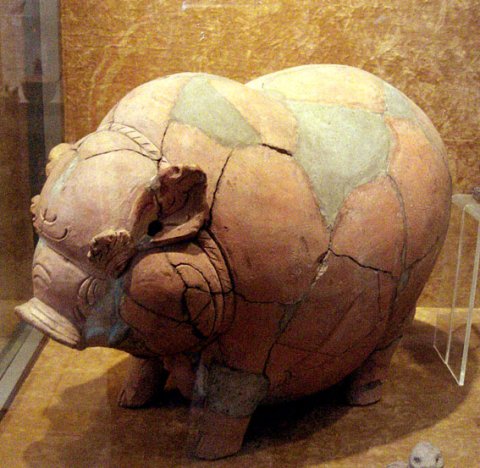With the advent of online banking and multi-thousand-dollar at-home safes, sometimes it’s hard to remember where humans stashed their valuables in humbler times.
Believe it or not, the basic piggy bank used to be far more than just a childhood relic. The concept of stashing cash in hollowed objects has been around for nearly six centuries – before banks themselves were even dreamt up.
Before the creation of modern-style banking institutions, people commonly stored their money at home — not under the mattress (or hay rack), but in common kitchen jars. During The Middle Ages, metal was expensive and seldom used for household wares. Instead, dishes and pots were made of an economical orange-colored clay called pygg.
Over time, “pygg” evolved with the English alphabet, turning into “pigge” and, finally, “pig.” That explains why potters in 19th century England started making pig-shaped vessels when people asked for pygg banks. It might have been accidental, but the model’s been with us ever since.

PIC: Celtic Piggy Bank (1c BC) with a hoard of gold coins found inside a hollow flint at Westerham, Kent in England.

PIC : Majapahit Piggy Bank (Circa 15th Century) – The animal depicted is technically not a pig but the Javanese celeng, a small, swayed-back, black-skinned wild boar.










